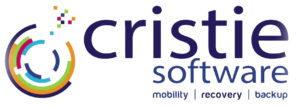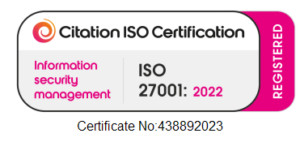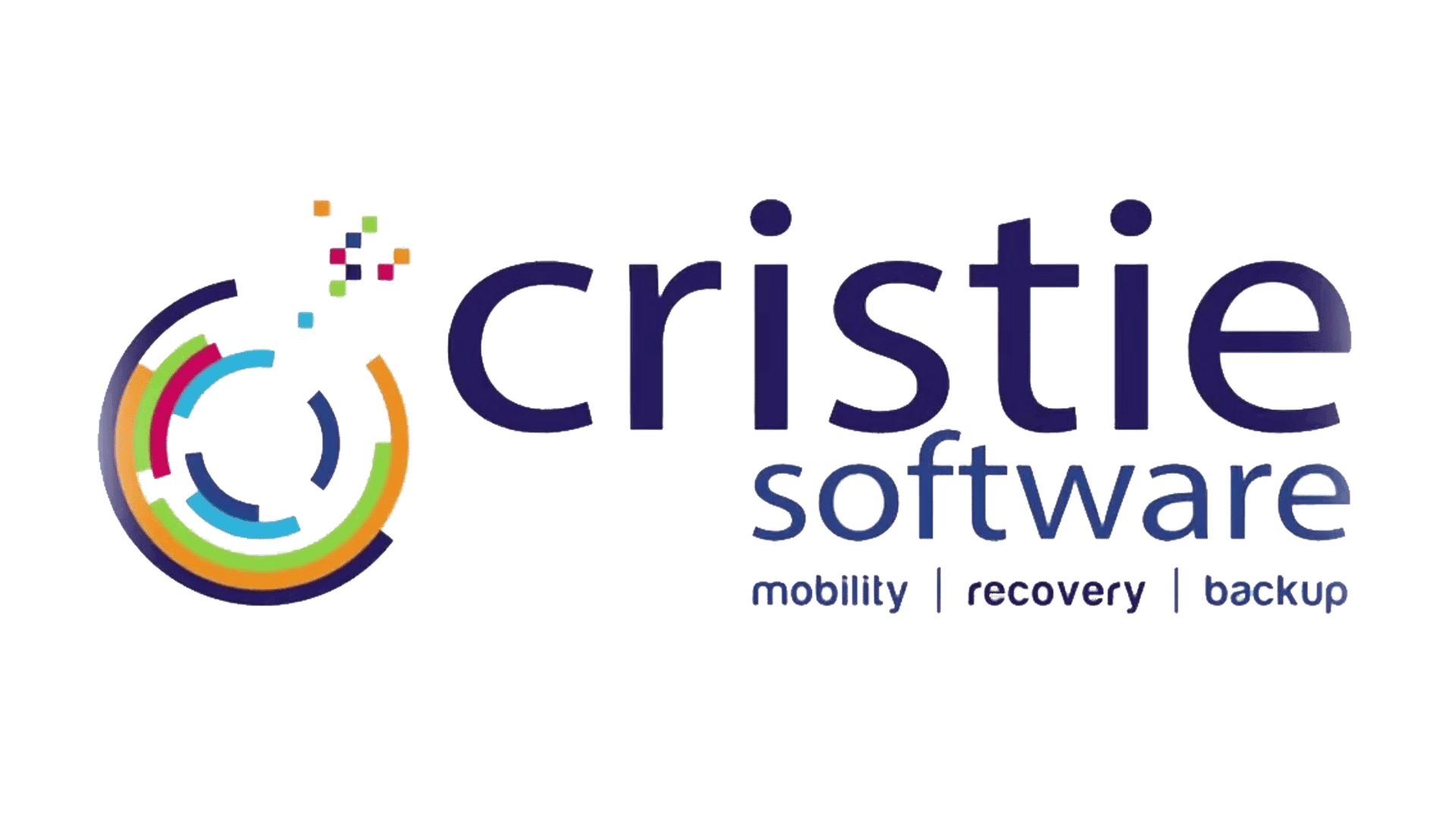Ransomware is a type of malware that can be covertly installed on a computer, without the knowledge, or even interaction, of the user. The computer becomes infected; files become encrypted and impossible to access. The malware mastermind then demands a ransom to liberate the data and the clock starts ticking before valuable files are permanently deleted.
No longer satisfied just to target individual users, ransomware creators are turning their attention to business networks. It’s the latest item on a long list of potential threats that IT managers need to accommodate, alongside mechanical failure, human errors and existing malicious cyberattacks.
In June 2013, security software vendor McAfee reported its moderate collection of over 250,000 samples of ransomware. In 2015, $24 million was paid in ransoms, and recent data released by the FBI showed that ransoms paid in the first quarter of 2016 alone surpassed $200 million.
The recommendation from authorities is not to pay the ransom in case the perpetrators are encouraged to ramp up their malware attacks, or come back and ask for more as happened recently at the Kansas Heart Hospital in Wichita, US. However, the scams are successful because the fear of losing valuable data is so great. For a business, paying a ransom is the equivalent to a capital investment designed to protect its revenue stream.
Once held to ransom, a company has three options: restore the data to a previous point in time, lose the infected data, or pay up. As with all areas of disaster recovery and business continuity, preparation and testing are the key forms of defence. Whilst traditional backup and recovery processes might be too lengthy, costly and complex, replicating critical systems to a virtual or cloud environment in advance of any malware being activated, provides clear advantages.
Cristie Hot Standby enables a live running Windows or Linux machine to be copied to a wide range of physical, hypervisor and cloud targets. Your systems are then protected through automated synchronizations that replicate only changed data, using unique variable block technology. Regular snapshots of the target mean in the event of corrupt data, or ransomware being replicated, you can simply roll back to the last successful snapshot. No time or data lost. Even with large amounts of data, or low bandwidth, Cristie Hot Standby makes fast and optimal replications without disturbing busy, live systems or network traffic.
With a positively disruptive price model, an intuitive interface, and cost-effective DR testing, Cristie Hot Standby provides the peace of mind IT managers are looking for.
Would you like to trial Hot Standby FREE for 7 days? Get in touch.







